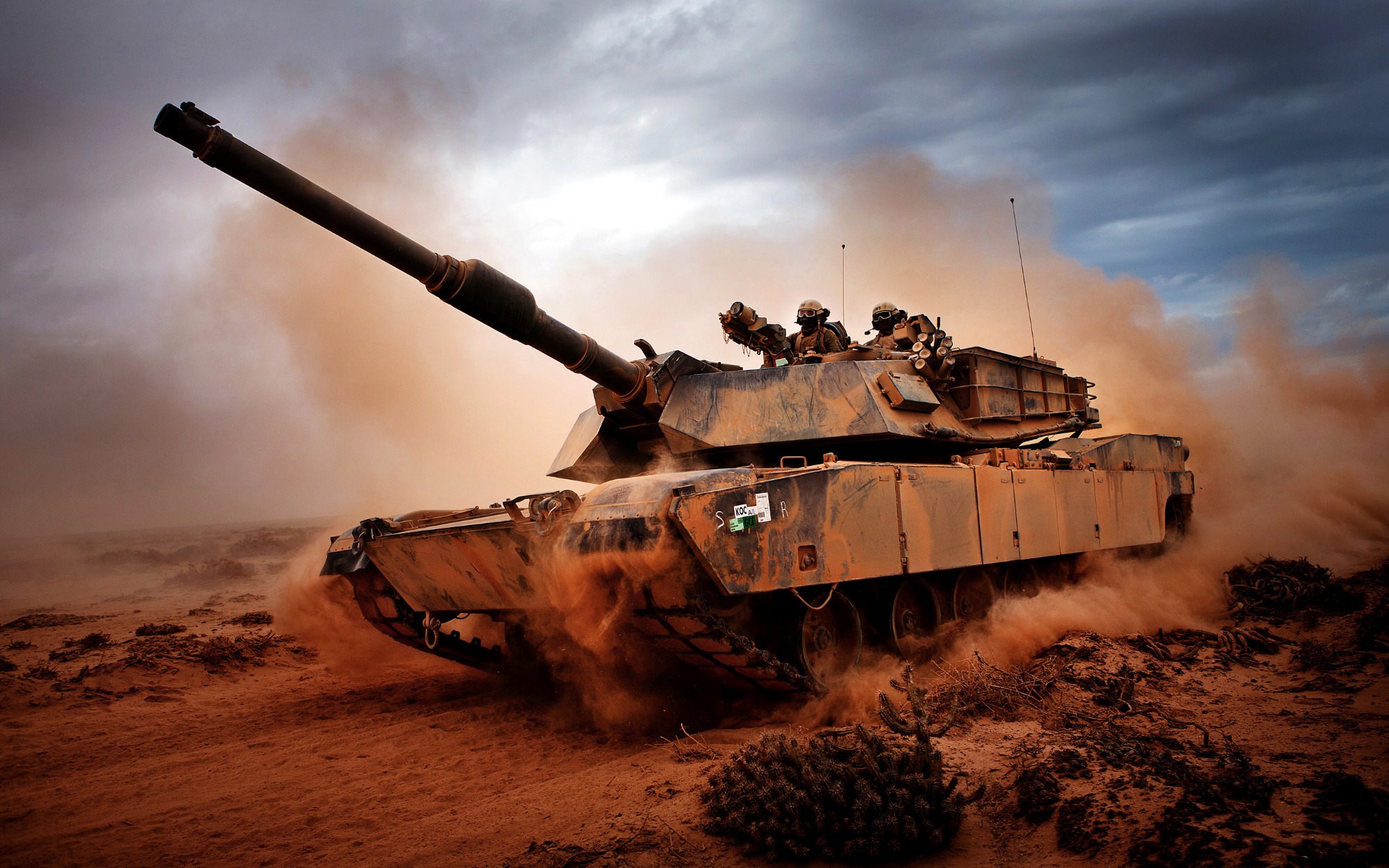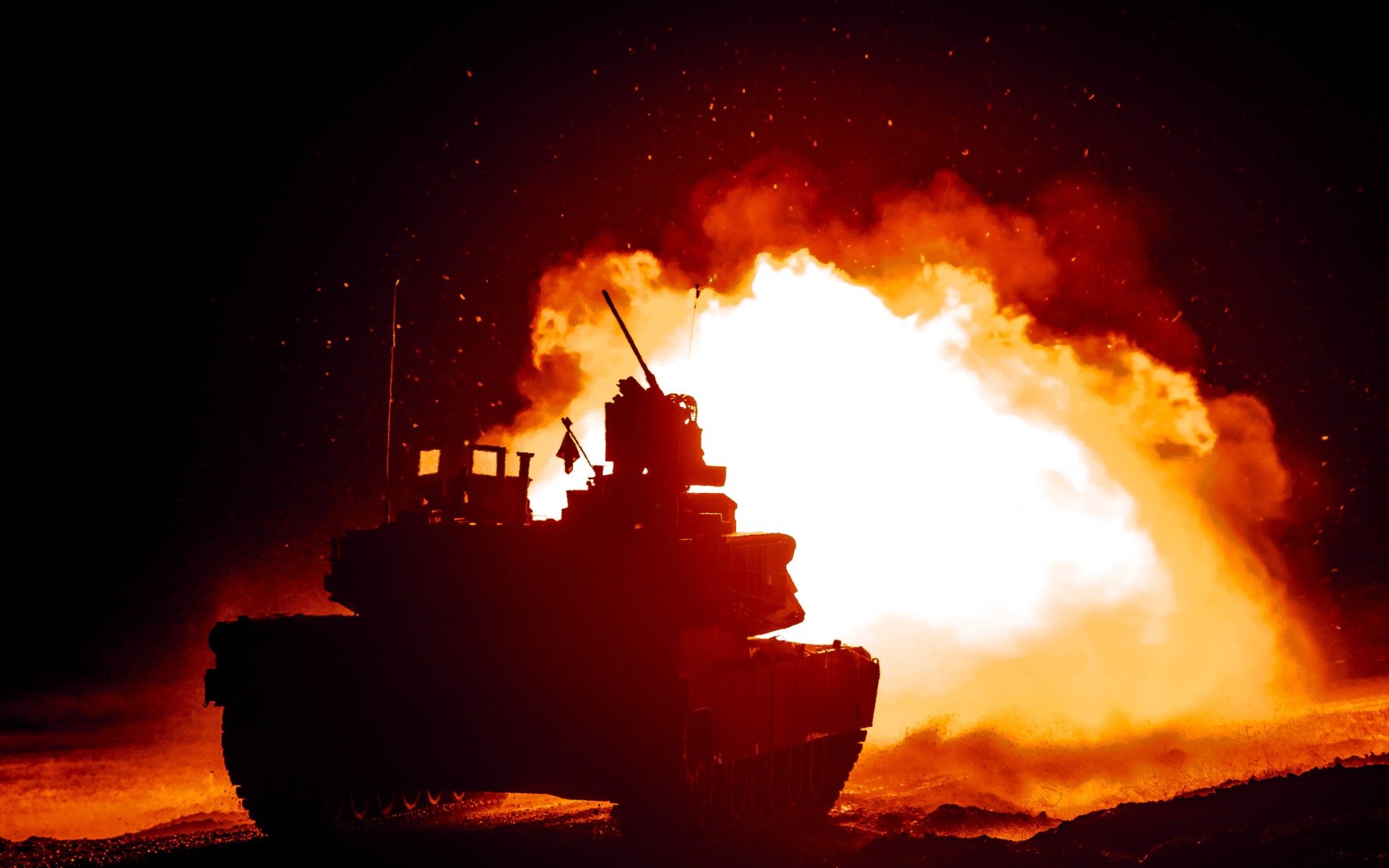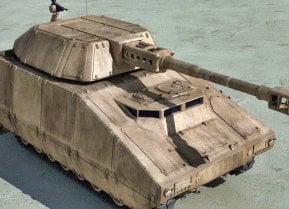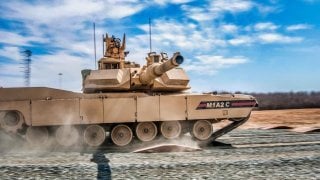M1 Abrams SEPv4: The Powerhouse Tank the U.S. Army Won't Build
M1 Abrams SEPv4 had all the makings of a new classic tank for the U.S. Army. So why did they pass on the project when it seems to have so much potential?
U.S. Army Ditched the M1A2 SEP Version 4 of M1 Abrams Tank: The United States M1 Abrams is considered one of the best main battle tanks (MBTs) in service today. While it first was adopted by the U.S. military in the early 1980s, it is important to note that the approximately 2,500 Abrams now in service aren't the same vehicles that rolled off the assembly line when TV viewers tuned in to see Dallas every Friday night.
While some of the upgrades have truly improved the tank, some of the more recent updates were specific to the needs encountered in the Global War on Terror (GWoT) in Afghanistan and Iraq and may be ill-suited to a conflict with a near-peer adversary such as China.
That fact was noted by a report from the Army Science Board, a federally-sanctioned independent group of experts that advises the Secretary of the Army, published in late August. It found that the U.S. Army's M1 Abrams will not be sufficient to support missions conducted from 20240 and beyond. The study further called for one or more types of fifth-generation combat vehicles (5GCV) to effectively meet operational demands in the coming decades.
"Based on our findings, The M1 Abrams will not dominate the 2040 battlefield. All of the M1's advantages in mobility, firepower, and protection are at risk. The M1A2 SEP V3&4 upgrades will improve effectiveness but will not restore dominance. Near transparency in all domains will significantly increase the lethality our forces will experience. China and Russia have studied our forces and doctrine and are fielding countermeasures. We will continue to have to fight outnumbered, exacerbated by a low MBT operational readiness rate and an aging fleet," the report added.
It was just a month after the report came out that the U.S. Army reversed course and announced that would end its M1A2 System Enhancement Package version 4 program (SEPv4), and instead develop the M1E3 Abrams focused on challenges the tank is likely to face on the battlefield of 2040 and beyond.
The Current M1 Abrams
According to the United States Army Acquisition Support Center, the current production version of the Abrams tank was scheduled for First Unit Equipped in FY 2020.
"This version rectifies many of the space, weight, and power issues identified during Operation Iraqi Freedom and will be the foundational variant for all future incremental upgrades," the center noted. "In addition to having improved survivability, the Abrams M1A2 SEPv3 can host any mature technology the Army deems operationally relevant. Improvements focus on increasing the electrical power margin, Vehicle Health Management Systems, integrated counter-improvised explosive device protection, a new Auxiliary Power Unit enabling silent watch, embedded training, and an Ammunition Data Link. It is the most reliable Abrams tank ever produced, minimizes the Army's logistic footprint, and leads the Army in enterprise-level connectivity to maintenance and supply systems."
M1A2 SEPv4, RIP
The center also touted the SEPv4 as being the most lethal M1 Abrams tank is now in development.
It was meant to feature the third generation (3GEN) FLIR as its cornerstone technology, which could provide tank crews the ability to identify enemy targets farther than ever before. The 3GEN FLIR was to have included an upgrade to both sights and would be common with other combat platforms.
"With the upgrade, the Abrams will integrate a color camera, Eye-safe Laser Range Finder, and a cross-platform laser pointer to facilitate multi-domain battle into the commander's sight. In addition to a lethality upgrade, the M1A2 SEPv4 will include full-embedded training to maximize crew proficiency of the system. This program began early enough to onboard any technology the Army deems critical to the future battlefield to include artificial intelligence, autonomy, APS, or advanced sensors," the center further explained.
Weighty Issue for M1 Abrams
Several factors were at play, but the SEPv4 will not go into production as had been planned.
"We're essentially going to invest those resources into the [research and] development on this new upgraded Abrams," Army Under Secretary Gabe Camarillo told Defense News in a Sept. 6 interview at the Defense News Conference in Arlington, Virginia. "[I]t's really threat-based, it's everything that we're seeing right now, even recently in Ukraine in terms of a native active protection system, lighter weight, more survivability, and of course reduced logistical burdens as well for the Army."
Moreover, the M1 Abrams tank "can no longer grow its capabilities without adding weight, and we need to reduce its logistical footprint," Maj. Gen. Glenn Dean, the Army's program executive officer for ground combat systems, said in a statement from the U.S. Army. "The war in Ukraine has highlighted a critical need for integrated protections for soldiers, built from within instead of adding on."

Instead, the future M1E3 Abrams could see the "best features" of the M1A2 SEPv4, while being compliant with modular open-systems architecture standards, according to the September statement. Those enhancements will allow for faster and more efficient technology upgrades of the MBT.
The modernization could enhance the efficacy and maneuverability of armored brigade combat teams in conflicts across the globe through a reduced sustainment footprint and increased operational and tactical mobility. In addition, the U.S. Army will continue to produce the M1A2 SEPv3 at a reduced rate until production transitions to the M1E3 Abrams, and the Army will carry technologies forward into the SEPv4 Abrams modernization effort.

"The M1E3 Abrams nomenclature is a return to the Army's standard use of its type classification and nomenclature system for our combat vehicle fleet," said Dean. "The 'E' designation represents an engineering change to an existing platform that is more significant than a minor modification and serves to designate the prototype and development configuration until the vehicle is formally type classified and receives an 'A' designation. This is distinct from the 'XM' designation used for new prototype systems."
Author Experience and Expertise
Peter Suciu is a Michigan-based writer. He has contributed to more than four dozen magazines, newspapers, and websites with over 3,200 published pieces over a twenty-year career in journalism. He regularly writes about military hardware, firearms history, cybersecurity, politics, and international affairs. Peter is also a Contributing Writer for Forbes and Clearance Jobs. You can follow him on Twitter: @PeterSuciu.
All images are Creative Commons.


